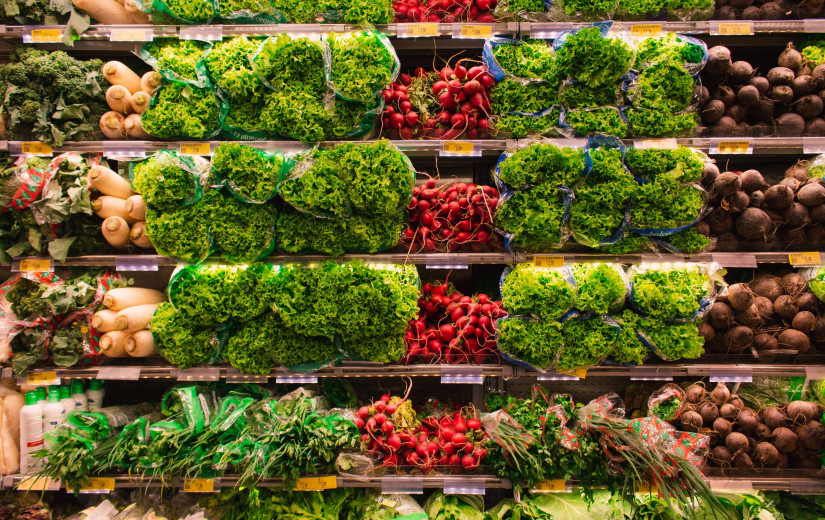Navigating the Food Stamp Program: Common Challenges and Solutions
The Supplemental Nutrition Assistance Program (SNAP), known as food stamps, is a federal program that helps individuals and families combat hunger by providing affordable and nutritious food. While the program makes it easier for people needing the nutrition they require, navigating it can be complex and difficult.
Common Challenges
1. Eligibility Requirements
Applying for the Supplemental Nutrition Assistance Program (SNAP) can be a tricky endeavor, as there are many challenges that applicants must face. One obstacle, in particular, is determining their eligibility, as there are various requirements that you must meet to qualify for assistance. Depending on the state, eligibility criteria can include household size and income level or the presence of elderly or disabled household members.
Unfortunately, navigating these requirements when applying for SNAP benefits can be difficult, resulting in potential failure. To maximize their chances of success, applicants should strive to familiarize themselves with the detailed eligibility requirements associated with the program and ensure they're meeting all of them. This way, they'll significantly increase their likelihood of receiving much-needed assistance.
2. Enrollment Process
Enrolling for SNAP benefits requires completing an application and submitting it to the local state agency for processing and verification. Unfortunately, due to the complex nature of the enrollment process, many potential applicants struggle with understanding the requirements and filling out forms incorrectly.
It can lead to delays in receiving the needed benefits. Fortunately, various community organizations help people navigate through the bureaucracy. Additionally, state agencies may also offer online tutorials or staff assistance, which can be immensely helpful in figuring out how to fill out the tricky paperwork appropriately.
3. Cost Burden
The cost burden is a harsh reality facing many SNAP applicants. An individual or family's costs may outpace their income, leading to food insecurity, eviction notices, and other serious financial worries. The average cost of housing is estimated to be 42% of the average SNAP recipient's household income.
Out-of-pocket medical expenses also take a toll on those who use SNAP benefits. These rising bills add even more strain to an already tight budget and pose a significant challenge for those struggling with cost burden. Thankfully, various players support individuals in need, helping those affected by the cost burden stay afloat and plan for their future.
4. Accessing Benefits at Grocery Stores
Accessing benefits at grocery stores is a challenging feat for many SNAP applicants. Dealing with a complicated system of vouchers and other forms of assistance can be incredibly difficult to navigate, so much so that it can discourage people from pursuing their benefits. Currently, food insecurity is more common to remain unaddressed than solved because of limited access to transportation and other resources.
It highlights the importance of making obtaining food assistance easier and addressing systemic issues standing in the way. Advocating for simpler processes and working towards eliminating these accessibility hurdles are essential moving forward if we hope to provide aid to those in need.
5. Timeliness
Delays in receiving benefits from SNAP, especially when demand is high, are common challenges faced by participants in the program.
6. Budgeting Challenges
Knowing the money available monthly and properly budgeting that amount can present difficulties for some people using food stamps.
Solutions
• Utilize resources to understand the eligibility requirements for SNAP and assess one's qualifications.
• Connect with local agencies or organizations that assist in completing applications and gathering the necessary paperwork for enrollment into SNAP.
• Reach out to local SNAP offices to inquire about delivery services, as many programs offer delivery of food stamp benefits directly to a person's home rather than requiring them to be physically present at grocery stores.
• Seek out stores that accept food stamps and curate a list of those locations that are more conveniently located within an individual's area of town or city limits, if able
• Contact SNAP offices to gain clarification on benefit timelines so individuals remain informed regarding when their benefits will be available
• Participate in budgeting workshops designed specifically for people using SNAP, which can help teach proper budgeting techniques for managing monthly allotments.
The food stamp program helps people receive the nutrition they need to stay healthy and avoid hunger. However, navigating this system can be complex and difficult to manage. The above solutions provide potential tools and resources that individuals can utilize when facing the common challenges of using SNAP. Participants can access and utilize the food stamp program with these solutions.

















